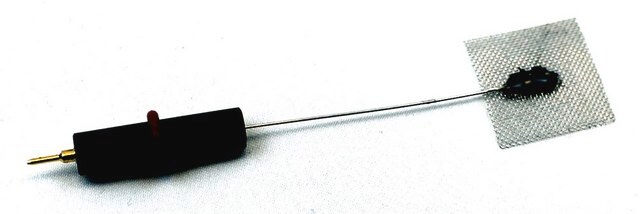Key Documents
349321
Platinum
foil, thickness 0.25 mm, 99.99% trace metals basis
Synonim(y):
Platinum element
About This Item
Polecane produkty
Poziom jakości
Próba
99.99% trace metals basis
Postać
foil
rezystywność
10.6 μΩ-cm, 20°C
grubość
0.25 mm
tw
3827 °C (lit.)
mp
1772 °C (lit.)
gęstość
21.45 g/cm3 (lit.)
ciąg SMILES
[Pt]
InChI
1S/Pt
Klucz InChI
BASFCYQUMIYNBI-UHFFFAOYSA-N
Powiązane kategorie
Opis ogólny
Ilość
Kod klasy składowania
13 - Non Combustible Solids
Klasa zagrożenia wodnego (WGK)
nwg
Temperatura zapłonu (°F)
Not applicable
Temperatura zapłonu (°C)
Not applicable
Wybierz jedną z najnowszych wersji:
Masz już ten produkt?
Dokumenty związane z niedawno zakupionymi produktami zostały zamieszczone w Bibliotece dokumentów.
Klienci oglądali również te produkty
Produkty
Can there be an effective strategy for finding breakthrough materials, since they are, by definition, unpredictable? One answer is found in Combinatorial Materials Science techniques, which represent a powerful approach to identifying new and unexpected materials.
Nasz zespół naukowców ma doświadczenie we wszystkich obszarach badań, w tym w naukach przyrodniczych, materiałoznawstwie, syntezie chemicznej, chromatografii, analityce i wielu innych dziedzinach.
Skontaktuj się z zespołem ds. pomocy technicznej
